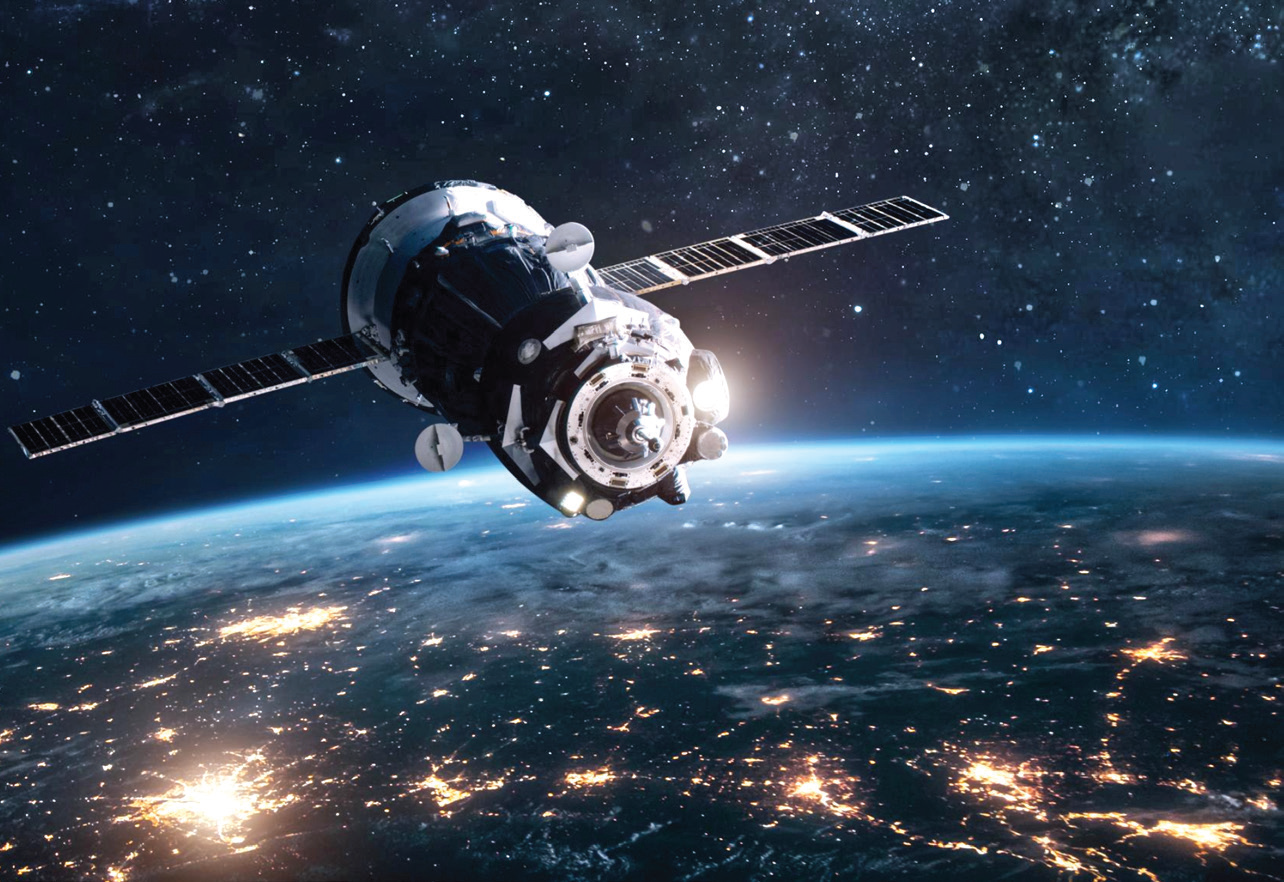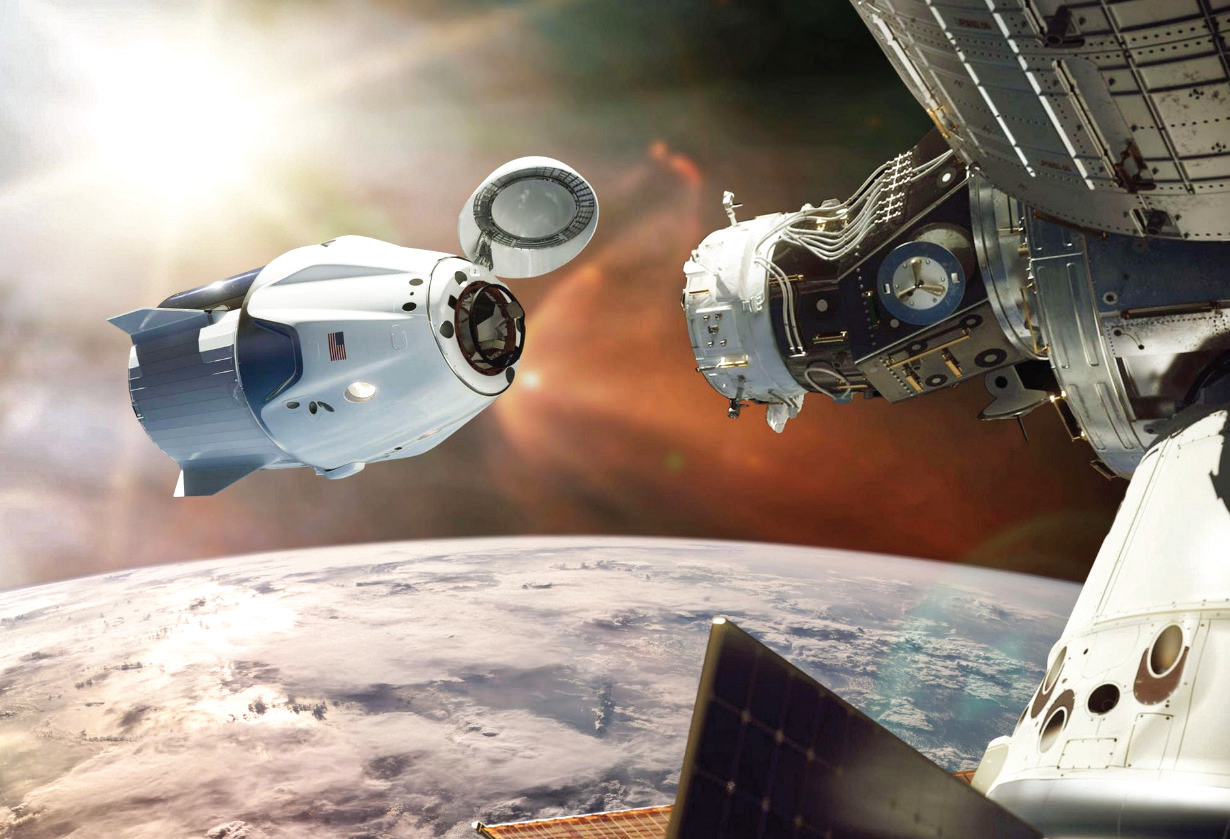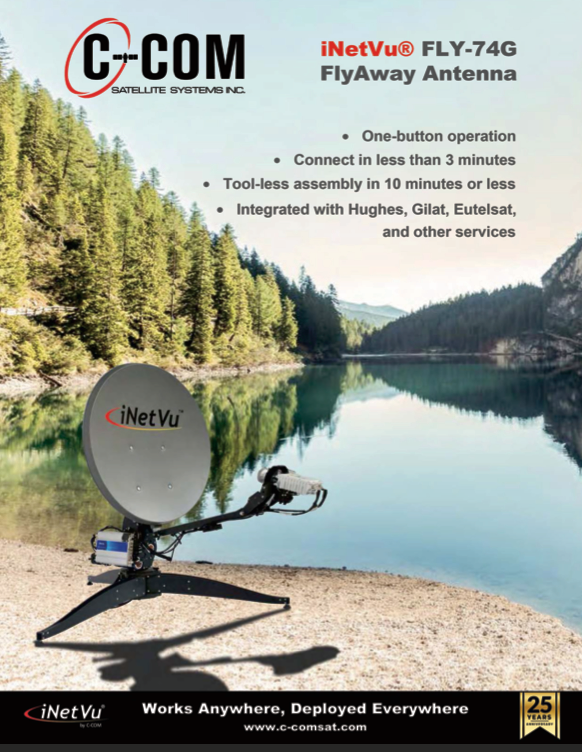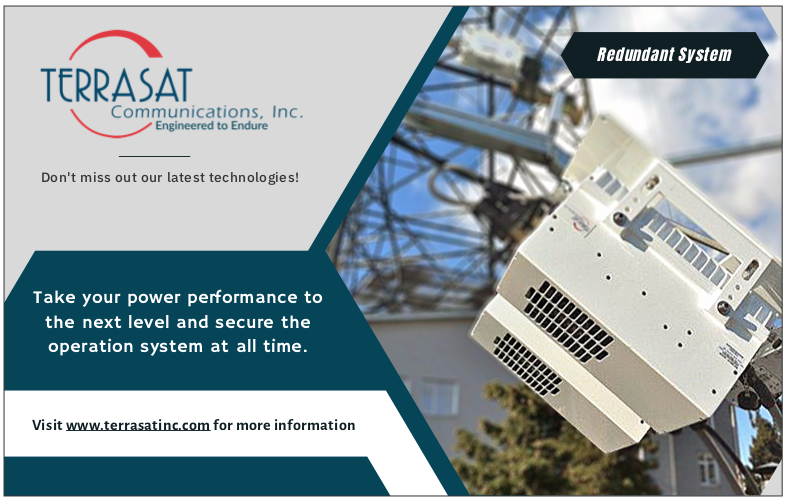Francois Chopard has more than 20 years of experience in strategy consulting, entrepreneurship and business development, and is the Founder and CEO of Starburst Accelerator, the 1st incubator/accelerator dedicated to aerospace start-ups. He specializes in the Aviation Aerospace and Defense industries featuring high stakes technology and has developed a wide experience of innovation-related issues. Francois has presented at the World Economic Forum, Web Summit, Global Space Congress, Webit Global Series and more and has appeared regularly on segments such as Bloomberg West and Bloomberg Technology, CNBC and others.

As leader of the world’s first and only global, aerospace accelerator, you sit at the heart of exciting, emerging technologies and at the intersection of various industries. How is Starburst bridging the gap between aerospace and other verticals, and which technologies/trends are pushing the boundaries of what is currently thought possible?

Francois Chopard
Francois Chopard
We are witnessing a major transformation throughout the aerospace industry, both in aviation and in space. Space and aerospace technologies are becoming part of global infrastructure, a tool for many tangential industries to drive innovation, from quantum computing to biology.
Space is also critical for tackling climate change; more than 50% of the measurements we use to monitor and respond to climate change are derived from space. In the past, the space industry has been the hot bed of many major innovations that we enjoy today: Li Ion batteries, hydrogen fuel cells and solar panels are just a few of many examples that have tremendous benefits on Earth now and were all initially developed first for space application.
Today, we are building capabilities that will allow us to manufacture real products in space that will drive exploration as well as help to reduce emissions here on Earth — cloud computing or cloud storage are two great applications that we could see moving to space. We are seeing at least a dozen projects to build private space stations that will greatly increase our manufacturing capacities, supported by the development of reusable, research satellites. There has been growth in propulsion systems and fuels that use water or nuclear energy as well as the development of a service economy for space, from refueling to repair. Certainly what we are seeing are more vehicles in space, either in Low Earth Orbit (LEO) or on the Moon, for various applications.
At Starburst, we are supporting entrepreneurs who are developing many of these technologies and help to bring their solutions to the market — not only within aerospace, but across other industries that can benefit from their innovation including manufacturing, mobility, energy, and healthcare.
It’s safe to say that we’re still in the chaotic “wild west” of space domain awareness (SDA), an issue that could cause significant complications to future aerospace innovation. NASA, the IAU and Amazon have all expressed concerns about satellites’ potential to interrupt astronomy and human spaceflight missions, prompting formal calls for regulation. As thousands of satellites continue to be deployed into orbit every month, why is this an issue the industry should care about?
Francois Chopard
The industry most definitely needs to take the issue of space domain awareness extremely seriously. Much of the debris we see today has been intentionally generated through the testing of new space weapons or satellite destruction capabilities… this is not sustainable. Even with all of the current constellation plans, there is still plenty of space in the sky. However, we still need to be able to anticipate and prevent over congestion and collisions and preserve national security. This is why repair and reusability are important to consider as we develop new satellites and why predictive solutions for weather and collision avoidance are gaining a great deal of attention.

What are some potential implications or unforeseen consequences of an extensive satellite network in orbit?
Francois Chopard
We can see many risks here — the first risk involves collisions that would generate much more debris and could ultimately escalate to additional collisions. On the contrary, I don’t see the sky being obstructed anytime soon. With the growing number of satellites, we still have quite some margins for their inclusions in space. That said, it’s imperative that we monitor all space vehicles in order to avoid collisions.
How would a unilateral information tracker of space benefit the industry, and what would it look like?
Francois Chopard
Currently we are noting the emergence of multiple startups working on space debris mapping — either from Earth with a telescope (visual or radar), or from space using specific cameras. When combined, this smart fusion software is able to aggregate all forms of data; data science solutions make these data sets accessible and searchable to users. As opposed to a single source of data, I see multiple data sources providing numerous, tailor-made services that include those crucial avoidance alerts. These types of tools and services absolutely need to be developed and made more accurate to cope with small LEO debris.
Which startups and technologies are leading the charge in increasing our space domain awareness?
Francois Chopard
We are seeing several players that each have their own type of service. We have invested in Privateer to develop a software and a device in space to accurately track small debris. We are seeing other players, such as ShareMySpace, developing telescopes to track debris from Earth and other companies are using radar on Earth, and so on. Some are more focused on tracking and removal. In spite of our own projections, it is still early in this development cycle and we don’t know — yet — who will come out on top.
Do you have any predictions for emerging satellite technologies in 2022 and beyond?
Francois Chopard
We are seeing better components (such as more efficient solar panels and batteries that could be replaced by small nuclear power plants), hyperspectral imaging capability and the growth of on- board data processing and analysis. The trend is to build items that are returnable and reusable and that serve multiple functions. Why should an observation satellite not also support microvatity research or manufacturing?
In your opinion, what will the satellite industry look like in five to ten years?
Francois Chopard
In the near future, we will continue to see new players and new use cases. We will see the start of manufacturing in space. Satellites will lead this transformation, making space accessible to everyone. Space manufacturing will begin with semiconductor and biological products but will ultimately engage in the development of new alloys and compounds that could significantly change many industries.
The space industry is complex and hard to understand, which is why this sector relies so heavily on data collection. However, data collection can only take us so far — what’s truly important is whether or not we can process it. Unfortunately, the majority of today’s smart machines are producing large amounts of data that we can’t process which, in most cases, makes them nearly impossible to rely upon. What role could satellites play in the development of more efficient data collection processes?
Francois Chopard
Most data being collected today is derived from Earth Observation (EO) satellites that have the ability to capture millions of images. This causes a bottleneck downlink from space. We need to reduce the quantity and the size of pictures being downloaded; at the same time, we need to increase the bandwidth and the latency between space and Earth.
AI (artificial intelligence) and ML (machine learning) can be embedded in satellites to process pictures directly in space, downloading only the necessary images and removing all of the pictures containing clouds that are not useful or do not contain the type of objects we are looking for. We are also seeing laser communication in space to increase bandwidth between multiple satellites and between satellites and ground stations.
What steps does the industry need to take in order to reduce the harmful impact that data collection has on the environment and energy consumption?
Francois Chopard
Cloud computing and cloud storage are absorbing an immense amount of energy on Earth. If our usage grows at an identical pace as today, these systems will use the entire amount of energy that we produce on earth by 2050. Obviously, that needs to change, which is why relocalizing cloud computing and storage in space is so important.
This could be the solution — cooling what is using energy and that could be accomplished by the frigidity of space. The bottleneck again would be to send this data into space and bring it back, hence the need for better and more bandwidth space communication, such as Starlink or other, mega-telecommunication constellations.
What are some of the emerging technologies and startups at the forefront of satellite computing and artificial intelligence data processing?
Francois Chopard
There are many ways to approach this problem, and entrepreneurs are developing new software, firmware, hardware, processing capabilities, transmission methods, and layers of data analysis to address this challenge. When we look at the future of satellites, we see the need for integration of new technologies, for methods to update old systems as well as support for new players, such as Little Place Labs and Metaspectral, who we supported in our LA accelerator.
How do Starbursts’ corporate and government partners rely on your network and expertise for emerging technologies that produce the actionable information needed for viable insights?
Francois Chopard
It’s easy to gain information about big companies, but it’s difficult to keep up with new technologies being spun out of universities and that are developed by entrepreneurs. Through Starburst Ventures and our startup accelerator programs (of which we currently have nine), we have an opportunity to source the technologies that the industry needs and work with the inventors/founders to build sustainable businesses around those products. Our corporate and government partners come to us to better understand these emerging players and get early access to critical technologies. The pace of external innovation will always exceed that of internal innovation; our partners rely on us to get ahead and stay ahead in an increasingly complex industry.
As workforces continue to be distributed, the world is becoming increasingly remote and cybersecurity has never been more important. Localization, however, does not prevent potential data breaches as information is passed from center to center. How are startups tackling the issue of cybersecurity?
Francois Chopard
Cyber security is a constant race and has always been a top priority in defense. These days, we’re seeing more focus on cyber security in space as more and more data is moving through and to and from satellites. Satellites can be hacked and data streams can be monitored; everything is possible and has been tried. This is another benefit of laser communications: due to their narrower beam, they are more difficult to hack. One of our companies, Rebel Space, are using AI to detect threats and respond before any breach can occur. Another startup, Nooks, is providing on-demand, secure workstations for government and corporate customers. We’ll continue to see constant development in this field of endeavors.
Aside from the commercial astronaut becoming more than a figment of one’s imagination, an emerging space tourism market has the potential to impact the future of air travel as well as the environment and our planet. What are some of the environmental costs of space travel and the potential risks of budding competition?
Francois Chopard
I don’t see space tourism taking the biggest slice of space travel. Instead, bringing people to LEO or the moon will be mostly for industrial applications, making certain space stations are properly assembled, new manufacturing capabilities are correctly established and the moon base is working accordingly. That’s how I believe humans in space will be used.

I do see space tourism and private space companies driving new conversations around what is essential for mental health and happiness when in space for long durations of time. These conversations are bringing a new wave of entrepreneurship that is centered around the space experience and what we need as a species to not only survive, but thrive in space.
What could the commercial space race mean for trips to the moon, Mars and future exploration?
Francois Chopard
Speed and agility are major advantages for private companies. The commercial space race will drive innovation across the board (just look at Starship!) and accelerate the development of many new technologies and biological solutions that will benefit us terrestrially as well. Commercial players taking over LEO projects and mission freed NASA to focus on the Moon and Mars. I believe that we will see this trend continuing. The role of the government will be to secure resources and initiate competitive advantages to take on the multi-generational challenges to develop this in the future.
Lastly, Mr. Chopard, what are some of the environmental and technological challenges that are currently facing the aerospace, aviation and defense industries?
Francois Chopard
Both spacecraft and aircraft are burning hydrocarbons and emitting CO2 to propel themselves to their destinations. Each industry will tackle this problem with a variety of solutions. Aviation solutions will be through hydrogen and fuel cCell technology; synthetic fuels are a good intermediate solution, but they still emit CO2. Hydrogen needs to be green hydrogen, though, or it won’t bring us to zero emissions. For spacecraft, we need fusion technology, both to reduce emissions and to get us to where we want to go. We are also invested in carbon offset startups such as New Zealand-based Carbonclick, who is financing CO2 projects and other technologies that preserve the planet.
About Starburst Aerospace
Mission driven, Starburst’s goal is to advance technology in the Aerospace sector. We support innovation by leveraging the expertise and novel ideation found in large and small businesses, government organizations, and academic institutions. Over the last decade, Starburst has proven that this future-focused, diverse ecosystem of collaborators can bring our partners to the forefront of innovation. Connecting visionary founders in our Aerospace accelerators to our extensive network of global aviation, space, and defense leaders–fostered in our parallel consulting practice–has changed the industry.
Today, we are seeing an unprecedented boom in startup creation, new strategic opportunities for commercial success, more technological advances that are transformational as opposed to incremental, an industry being disrupted. Past Aerospace revolutionary concepts have resulted in not only game-changing military capabilities such as precision weapons and stealth technology, but also such icons of modern civilian society such as the Internet, automated voice recognition and language translation, and Global Positioning System receivers small enough to embed in myriad consumer devices.
The aerospace technologies currently being developed hold the promise of solving the most difficult challenges facing humanity; Starburst is dedicated to supporting the aerospace innovators transforming the world.
starburst.aero



